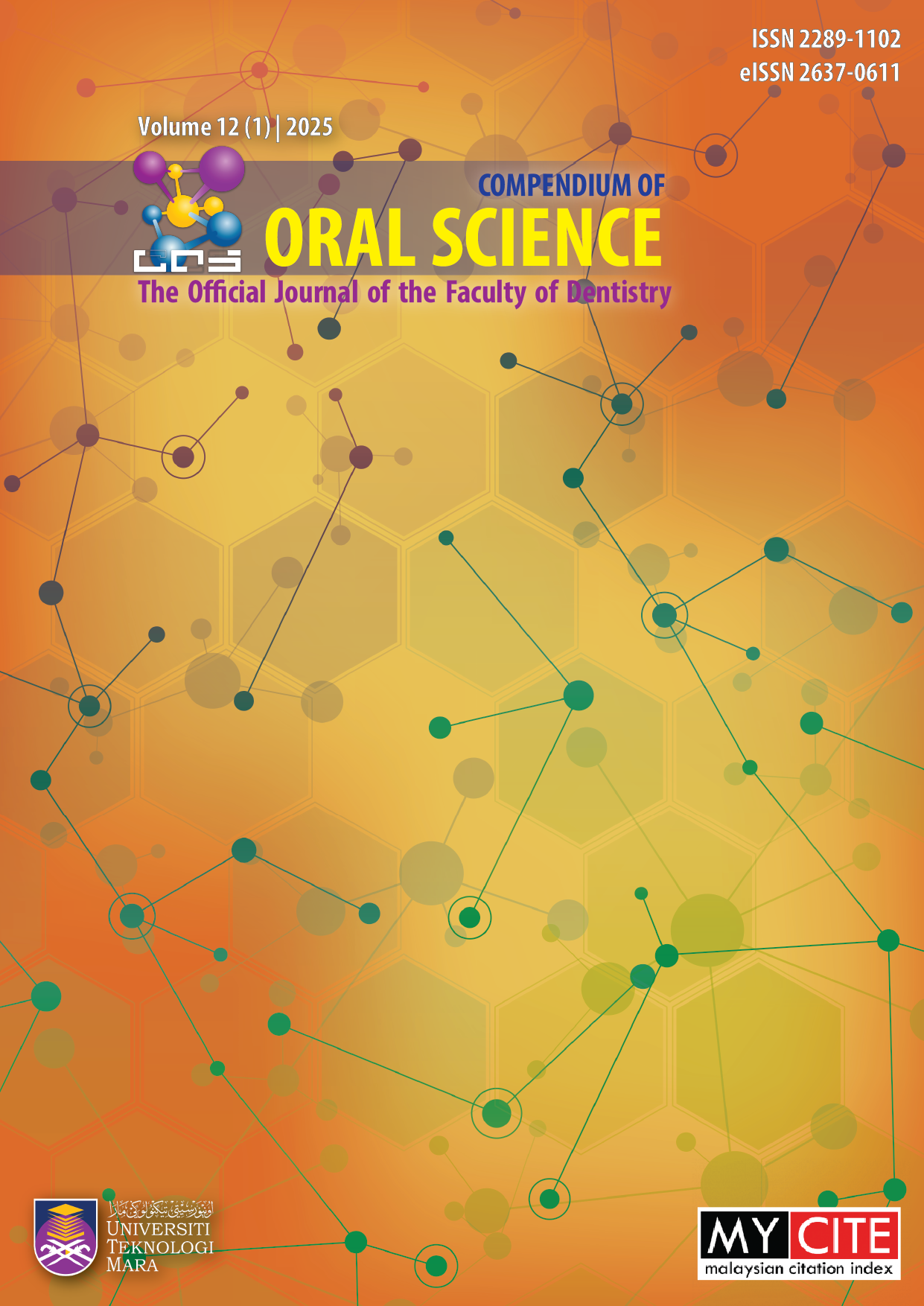Paranormal Sightings after General Anaesthesia
DOI:
https://doi.org/10.24191/cos.v12i1.5671Keywords:
hallucination, postoperative, hypnagogic hallucination, general anesthesia, surgery, sleep disorderAbstract
Hypnagogic hallucinations are visual, auditory, tactile, or other sensory events that are not actually present, experienced during hypnagogia, a period of transition from wakefulness to sleep. These hallucinations were reported to be brief and mostly visual in nature. We hereby report a rare incidence of this phenomenon occurring in a 61-year-old woman presented with impending Ludwig’s angina at our centre. She began experiencing hypnogogic hallucinations when she started to doze off at night after an incision and drainage procedure was carried out under general anaesthesia earlier that day. Upon closing her eyes, she had a clear view of people moving around performing chores. The events were so vivid that she was convinced they were of paranormal origin, which subsequently led to sleep deprivation. These hallucinations immediately disappeared simply by opening her eyes. She eventually sought psychiatric treatment, and the symptoms gradually decreased with full remission on postoperative day 5. Her daily appetite and behaviour were normal throughout her hospital stay. Although postoperative sleep disturbances are often described, hypnagogic hallucinations post-general anaesthesia were documented in only three cases to date following cardiovascular and orthopaedic surgery. To date, the aetiopathophysiology of this type of visual hallucination remains to be unravelled.
Downloads
Published
How to Cite
Issue
Section
License
Copyright (c) 2025 Compendium of Oral Science

This work is licensed under a Creative Commons Attribution-NonCommercial 4.0 International License.
Materials contained in the journal may be reproduced for educational purposes provided that both the author(s) and the journal are appropriately recognised; otherwise duplication is not permitted. No articles, reports, or portions there of may be translated into other languages, published in books, journals, magazines, or any other print form without written permission from the authors and from the journal.
Disclaimer: The statements, opinions and data expressed in the articles and reports herein are those of the author(s) and not of the publisher and the editor(s). The publisher and the editor(s) disclaim responsibility for any injury to persons or property resulting from any schemes, methods, instructions or ideas referred to in the content.















